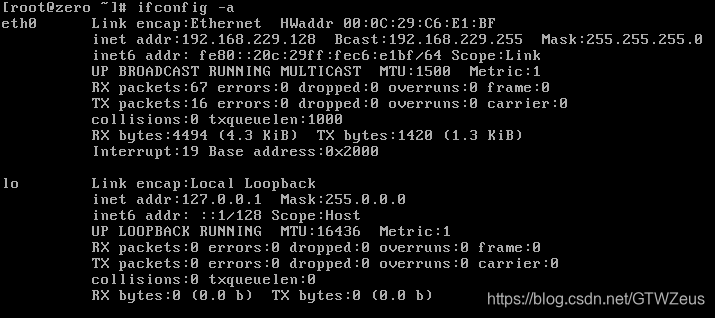不懂就问--Linux系统下怎么查看ip地址
本文共 57 字,大约阅读时间需要 1 分钟。

命令ifconfig -a 就可以了
有时候要是忘记命令,可以直接输入 help 可以获取更多的更详细的指令帮助。
转载地址:http://gxcu.baihongyu.com/
你可能感兴趣的文章
NIFI同步MySql数据_到SqlServer_错误_驱动程序无法通过使用安全套接字层(SSL)加密与SQL Server_Navicat连接SqlServer---大数据之Nifi工作笔记0047
查看>>
NIFI同步MySql数据源数据_到原始库hbase_同时对数据进行实时分析处理_同步到清洗库_实际操作06---大数据之Nifi工作笔记0046
查看>>
Nifi同步过程中报错create_time字段找不到_实际目标表和源表中没有这个字段---大数据之Nifi工作笔记0066
查看>>